Imagine stepping into a lush rainforest, expecting the sweet perfume of blossoms, only to be hit with a powerful stench that makes your stomach churn. It’s not decaying animal remains causing your nose to wrinkle—it’s a flower, flaunting the unmistakable odor of rotting flesh. Why would nature design such a bizarre trick? These strange, alluringly foul flowers leave scientists, nature lovers, and the downright curious in awe and sometimes a little disgust. The answer to their repugnant perfume is a wild story of survival, adaptation, and the peculiar dance between plant and pollinator. Let’s take a journey into the world of Earth’s most eccentric botanicals and discover what drives a flower to smell like death.
The Curious World of Carrion Flowers
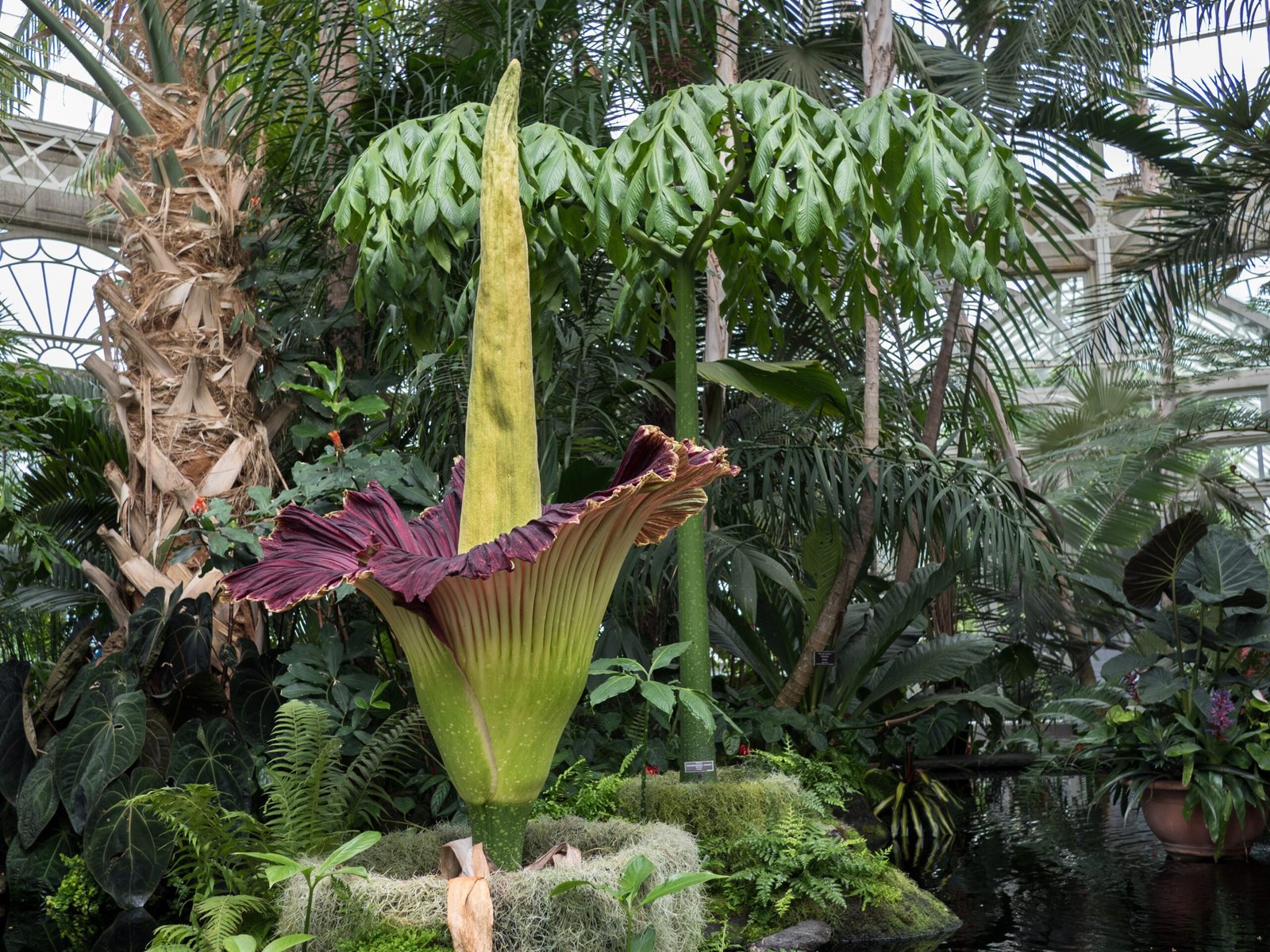
Carrion flowers are a diverse group of plants that have evolved to emit scents eerily similar to decomposing meat. Their names are as colorful as their appearances: corpse flowers, stinking lilies, and voodoo lilies. Some of these blooms are as big as a refrigerator, while others are tiny and easily missed, but they all share a common feature—their infamous stench. Unlike most flowers that tempt butterflies and bees, these plants aim to attract a different crowd. Their world is one where beauty is measured by how convincingly a plant can mimic decay, and those who succeed are rewarded with pollination.
Breaking Down the Science of Stench
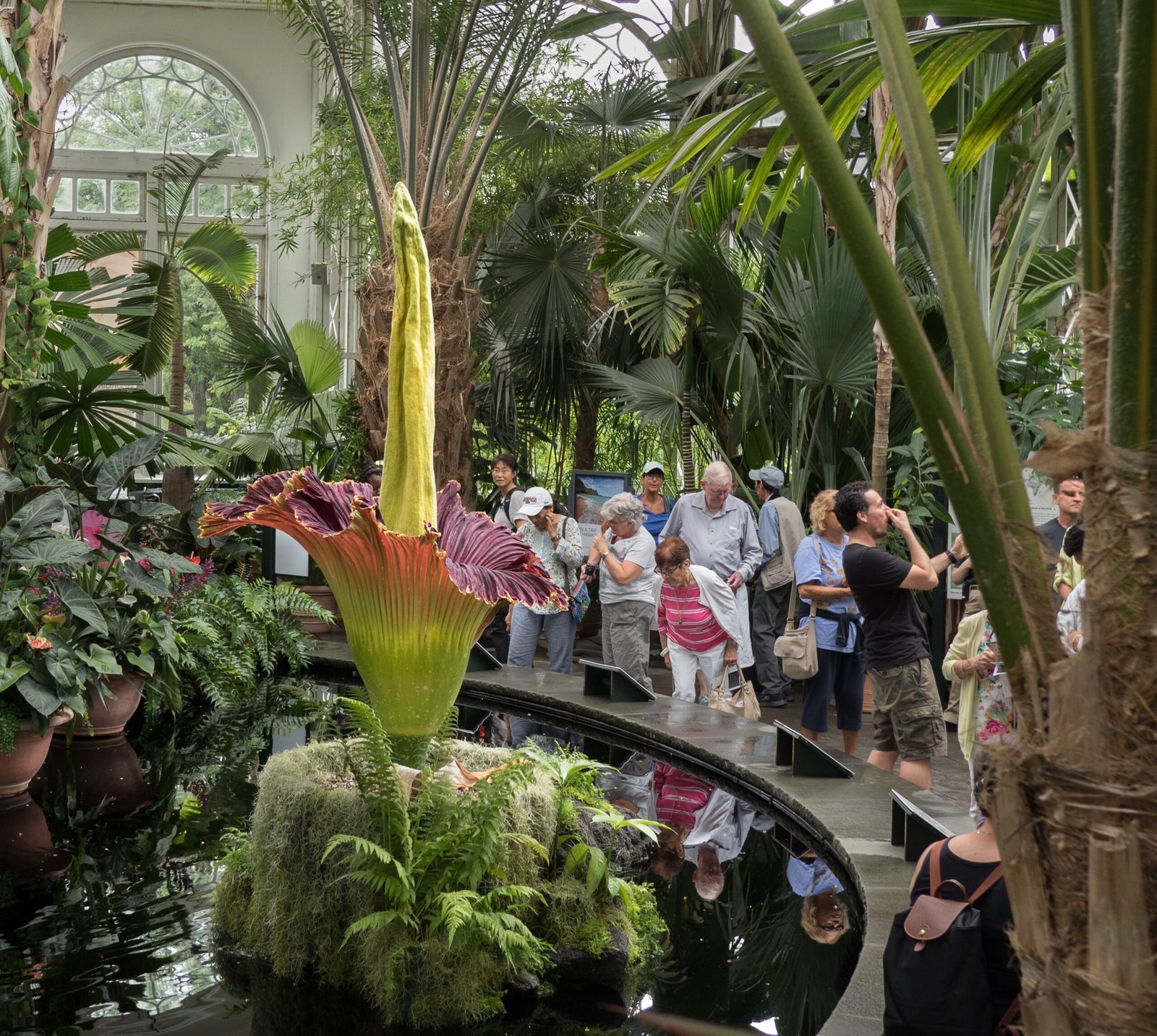
What exactly makes these flowers smell so horrid? Scientists have found that the secret lies in a complex cocktail of volatile organic compounds. These include chemicals like putrescine and cadaverine, the same compounds released during the breakdown of animal tissue. When these molecules waft through the air, they trigger a primal response in animals and humans alike—avoidance. For carrion flowers, however, this is precisely the point. Their bouquet is so convincing that even seasoned researchers have been fooled into thinking a dead animal was nearby.
The Corpse Flower: Titan of the Rotting Aroma
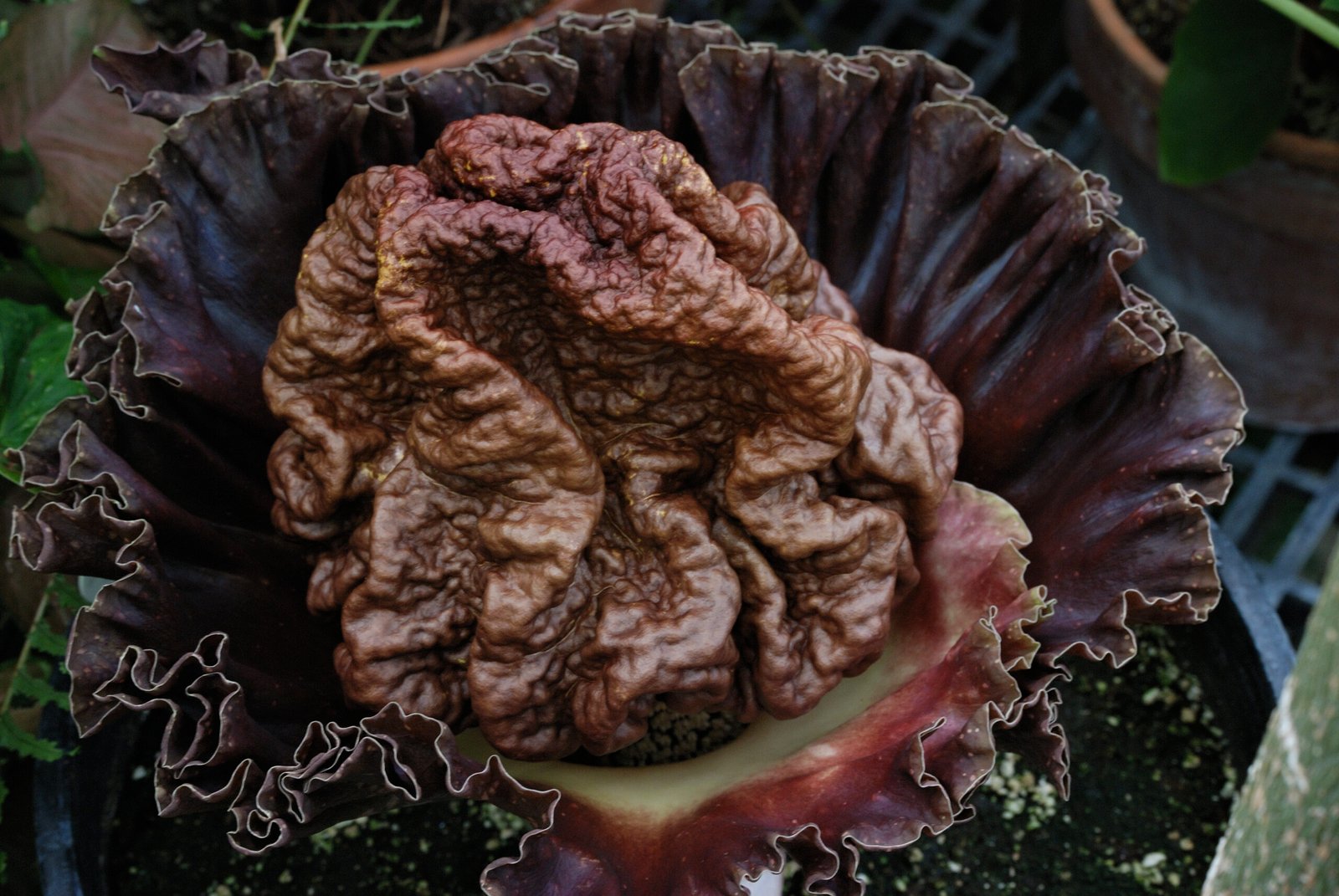
Amorphophallus titanum, better known as the “corpse flower,” is the undisputed superstar of foul-smelling flora. Native to the rainforests of Sumatra, this giant can reach over three meters tall and only blooms once every few years. When it does, its stench can be detected from nearly a mile away. Visitors flock to botanical gardens around the world just to witness—and smell—this rare event. The bloom’s deep purple center and heat-generating core make it look and feel like a fresh carcass, drawing in curious onlookers from every corner, both insect and human.
Why Smell Like Death? The Survival Strategy
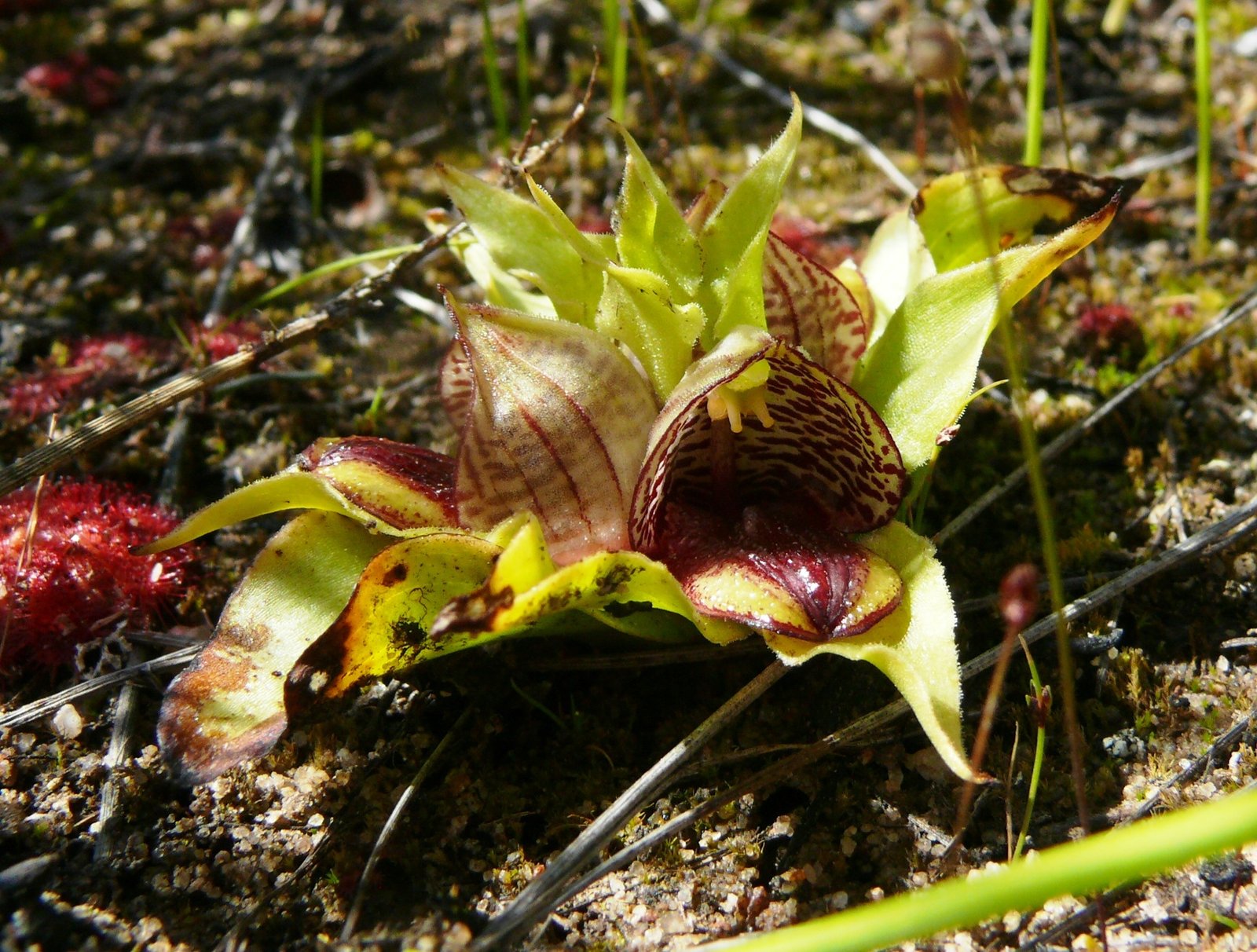
The evolutionary purpose behind this gruesome fragrance is surprisingly clever. Many forests and jungles are crowded with flowers vying for the attention of pollinators. Traditional sweet scents attract bees and butterflies, but carrion flowers have taken a different approach. By mimicking the smell of rotting flesh, they lure in insects that usually feast on dead animals—like carrion beetles and flesh flies. These pollinators, hungry for a meal or a place to lay eggs, land on the flower, inadvertently picking up pollen and transporting it to the next stinky bloom.
Pollinators with Peculiar Preferences
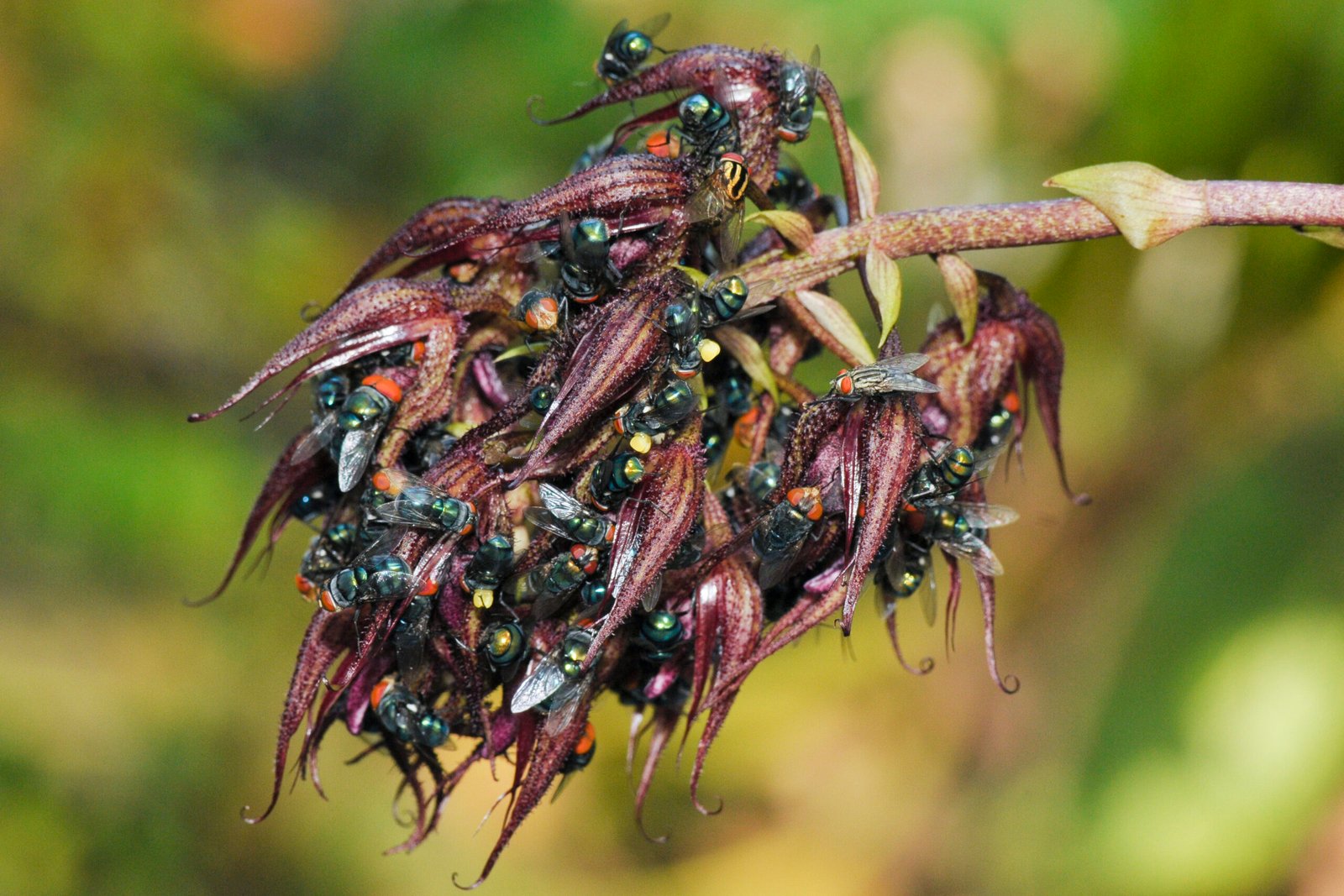
While most people recoil from the scent of decay, for certain insects it’s pure temptation. Carrion beetles, flesh flies, and even some wasps are irresistibly drawn to these odors. For them, the promise of food or a safe breeding ground is too good to pass up. Some flowers take the deception further, creating visual illusions of rotten meat with mottled colors and textures. Once the insects land, they often become temporarily trapped, ensuring that pollen clings to every crevice of their bodies before they escape and move on to another flower.
Heat: Turning Up the Scent Volume
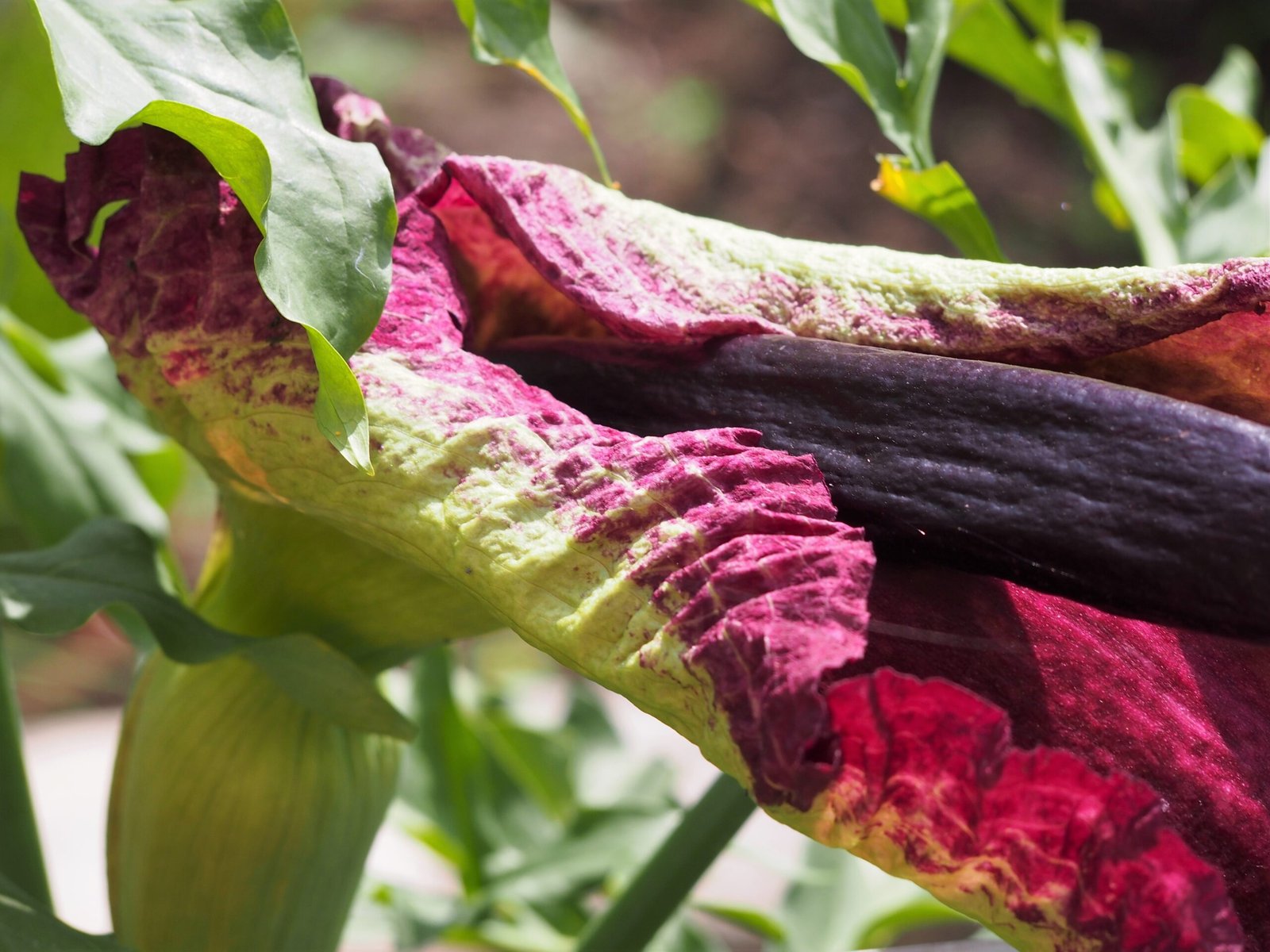
To really sell the illusion of fresh carrion, some flowers have developed the ability to generate heat. This process, known as thermogenesis, causes the plant’s core temperature to rise, helping volatile scent molecules spread faster and farther. The heat also creates a warm, humid environment that mimics a freshly dead animal. For example, the voodoo lily can raise its temperature by more than 10 degrees Celsius above the surrounding air. It’s a botanical trick as clever as any in the animal kingdom, and it dramatically increases the odds of attracting the right pollinators.
Color and Texture: Visual Cues of Decay
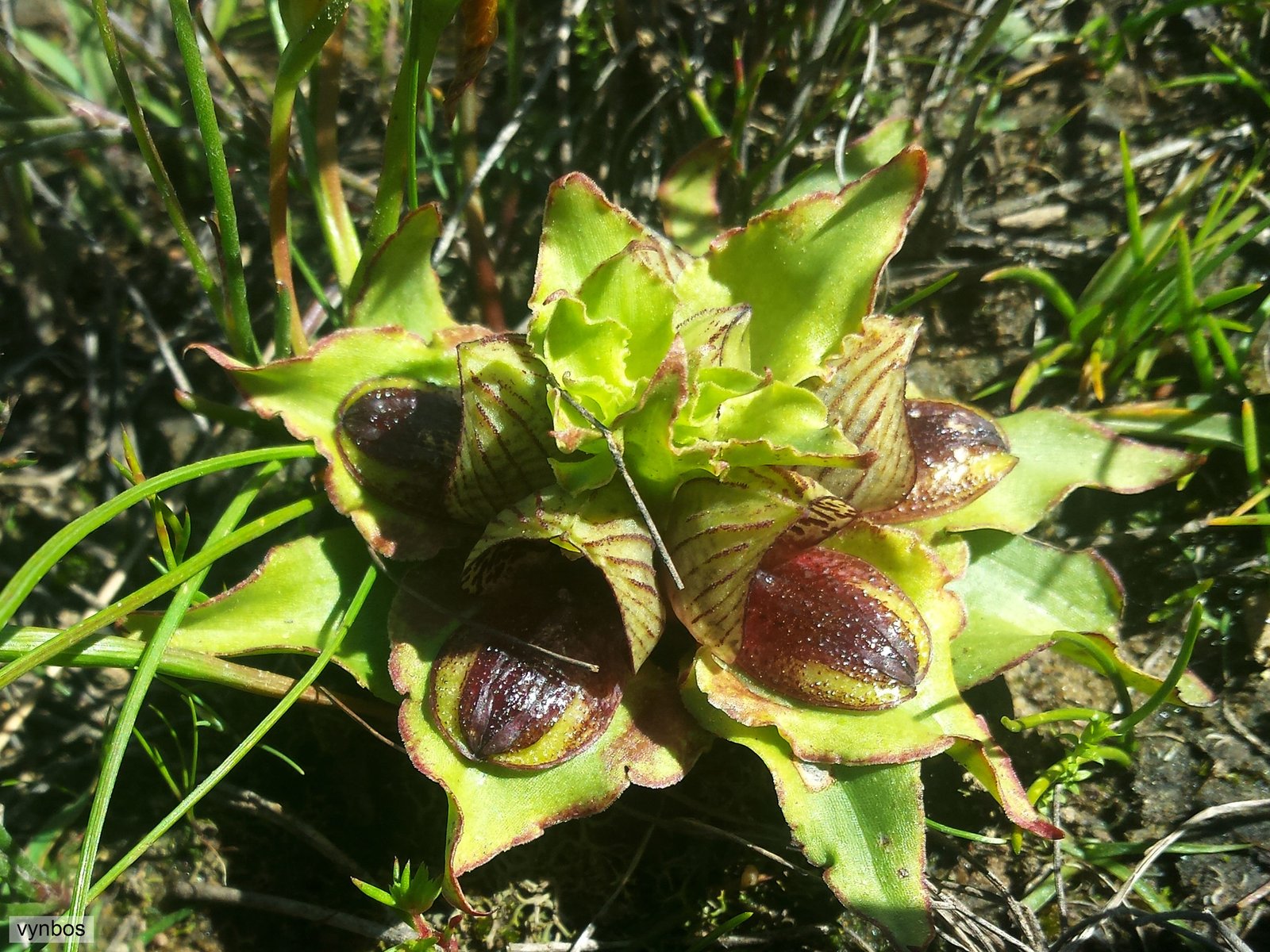
Scent isn’t the only weapon in the carrion flower’s arsenal. Many of these plants also sport grotesque visual cues—a mottled maroon or brown color, a waxy or wrinkled texture, and even hair-like filaments that resemble animal fur. These features add to the illusion, making the flower look every bit as unappetizing as it smells. Some species even develop glistening “droplets” that mimic the appearance of bodily fluids, turning the whole flower into a disturbingly convincing fake carcass.
Global Hotspots for Stinky Blooms
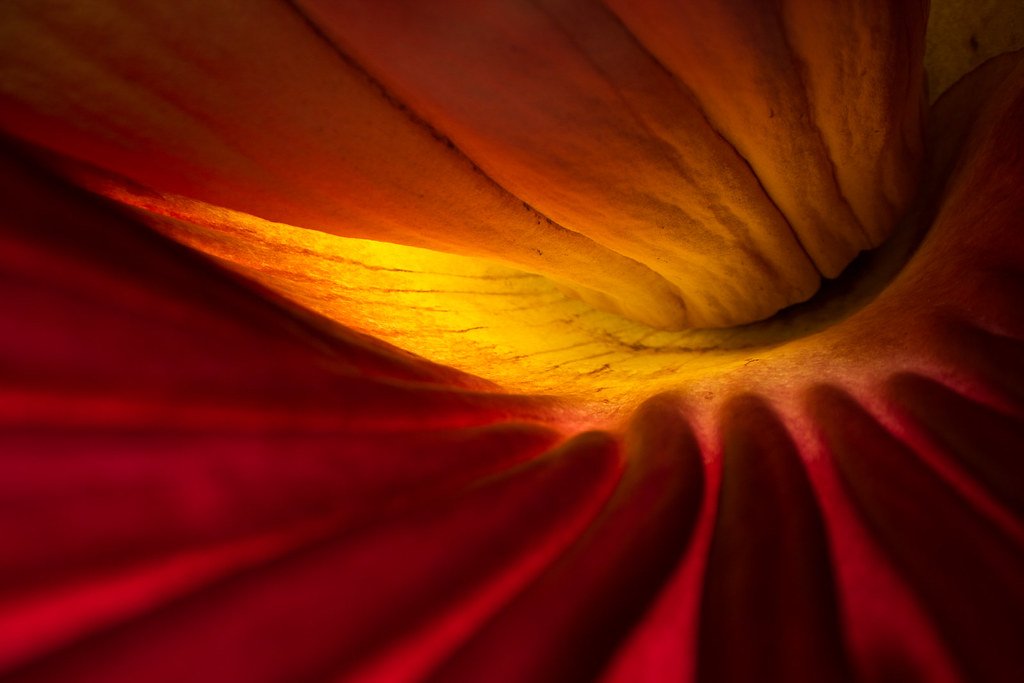
From the dense jungles of Indonesia to the arid deserts of southern Africa, carrion flowers have popped up in some of the most unexpected corners of the world. The titan arum and rafflesia reign supreme in Southeast Asia, while stapelia and hoodia dominate in African landscapes. Each environment presents its own challenges, and each species has tailored its rotting perfume to the specific insects that inhabit their region. Travelers and botanists alike are always on the lookout for these rare, elusive plants, often guided by their powerful scent before they ever spot the flower itself.
Evolution’s Twisted Pathways
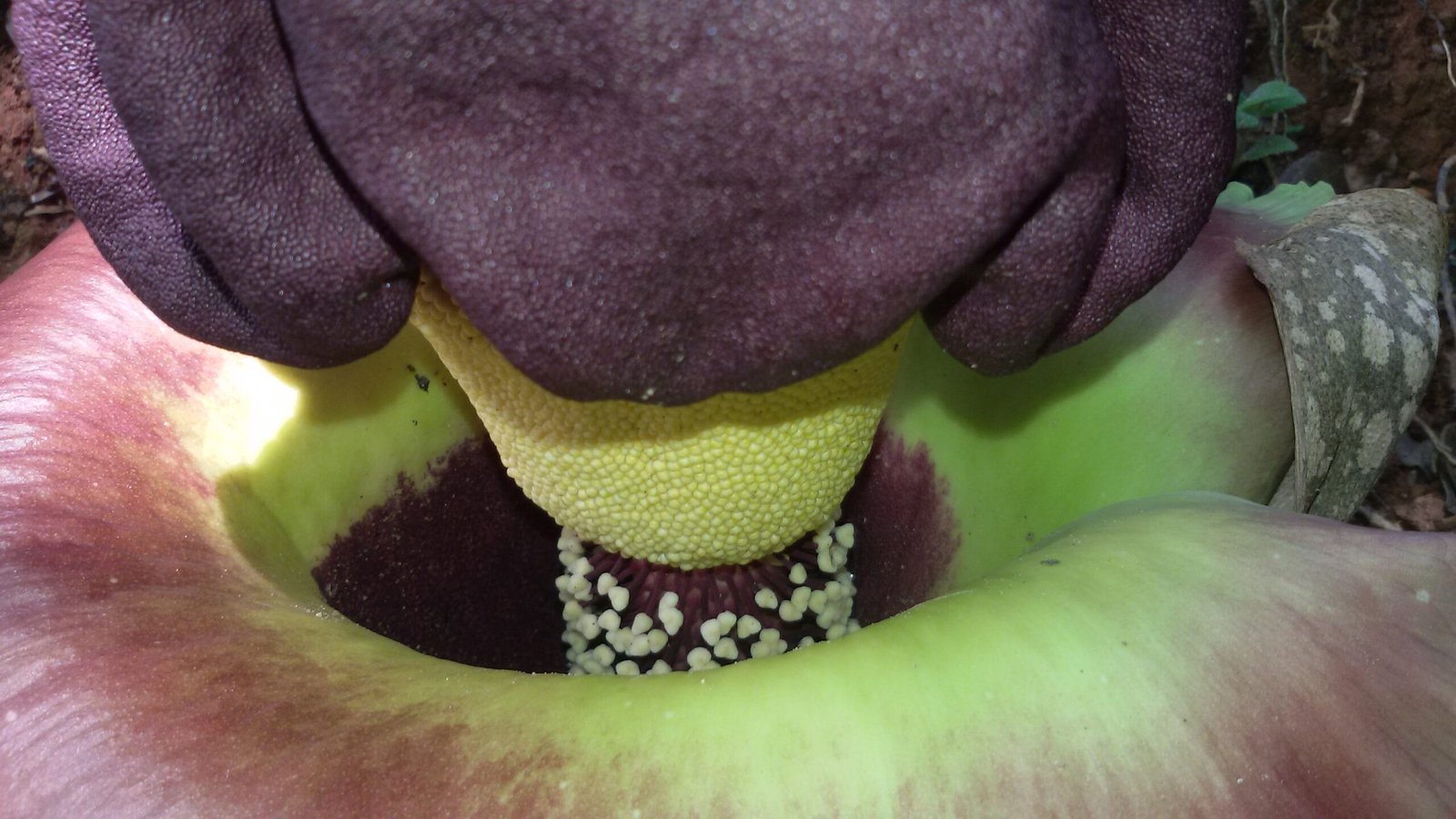
It’s astonishing to consider how different plant families, separated by continents and millions of years of evolution, have independently arrived at the same solution: smell like death. This process, known as convergent evolution, highlights how powerful natural selection can be in shaping similar traits in unrelated species. From the rafflesia’s saucer-sized blooms to the tiny, star-shaped stapelia, the stench of decay has proven to be a winning formula time and again.
Deception: Nature’s Greatest Magic Trick
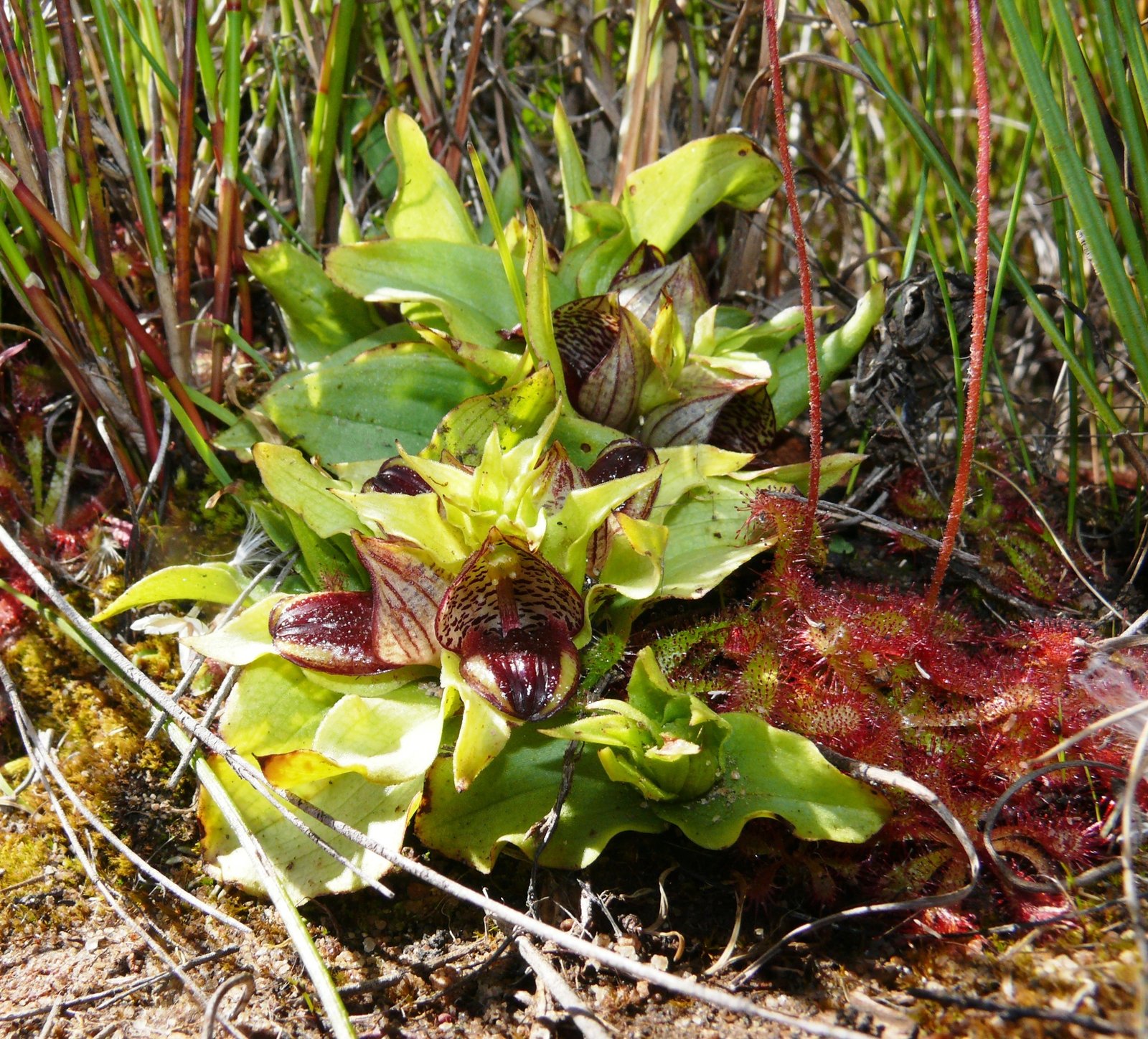
Carrion flowers are masters of deception, tricking not only insects but sometimes even scientists and mammals. Their ability to simulate the entire experience of a rotting carcass—from scent to texture to temperature—is a testament to the creativity of evolution. Nature’s magicians, these plants have found a way to survive in tough environments by becoming something they’re not. It’s a reminder that in the wild, appearances (and smells) can be dangerously misleading.
The Cost of Stinking Success
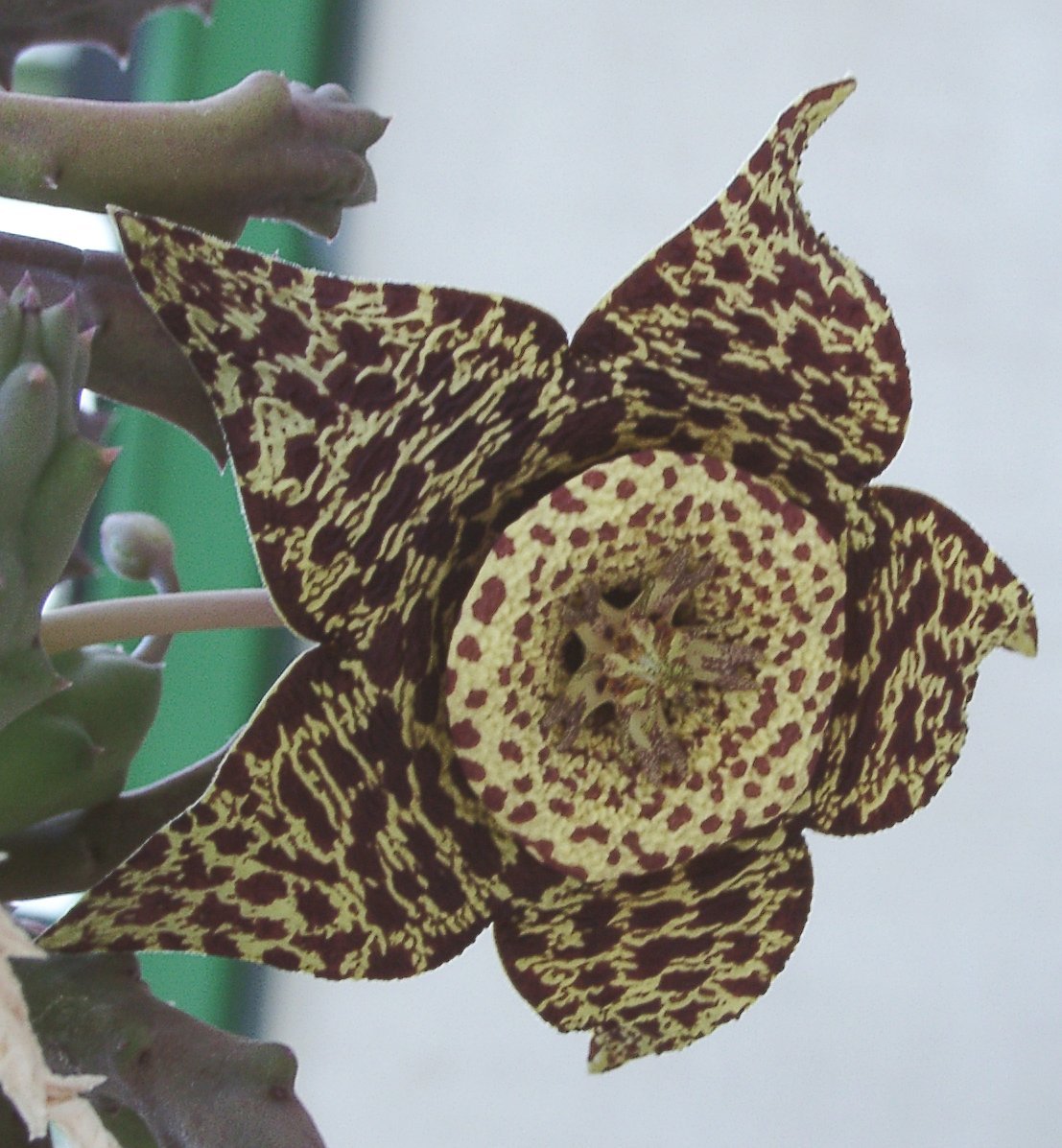
There’s a price to pay for smelling so bad. While these flowers are experts at attracting their target pollinators, they risk being ignored or even destroyed by animals that find their scent offensive. Some mammals have been known to trample or eat parts of the plant in confusion or disgust. The intense energy required to produce such large, heat-generating blooms also means that many carrion flowers can only afford to bloom every few years, making each event a rare spectacle.
Pollination: A Risky Business
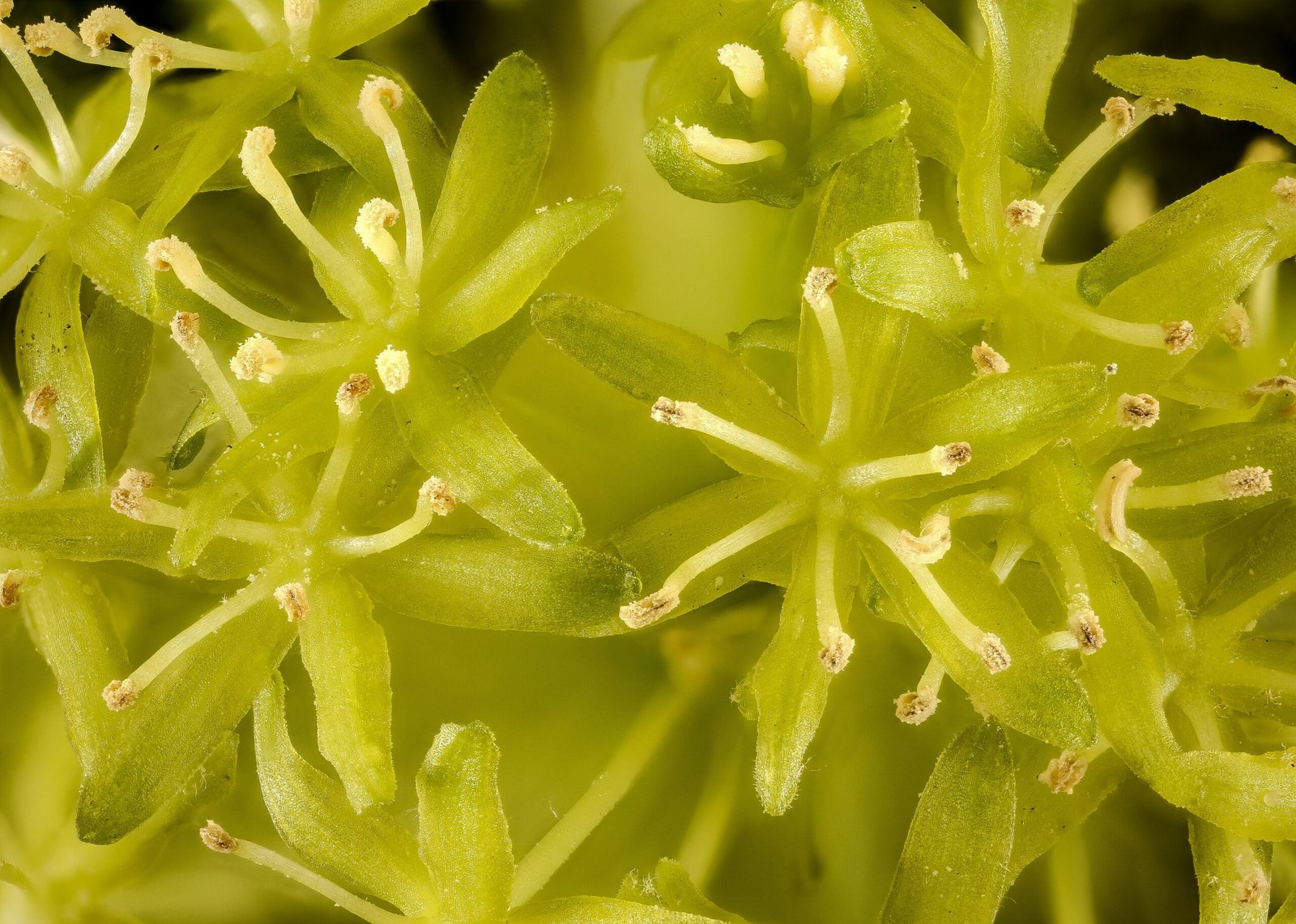
The pollination strategy of carrion flowers isn’t foolproof. Sometimes, the insects they attract are more interested in laying eggs than in moving pollen. In these cases, the plant may end up hosting maggots that feed on its tissues, damaging the flower before it can reproduce. Nonetheless, the risk often pays off, with enough successful pollination to keep the species going. It’s a delicate balance, a high-stakes gamble in the wild world of plant reproduction.
Rafflesia: The Flower Without Leaves or Stems
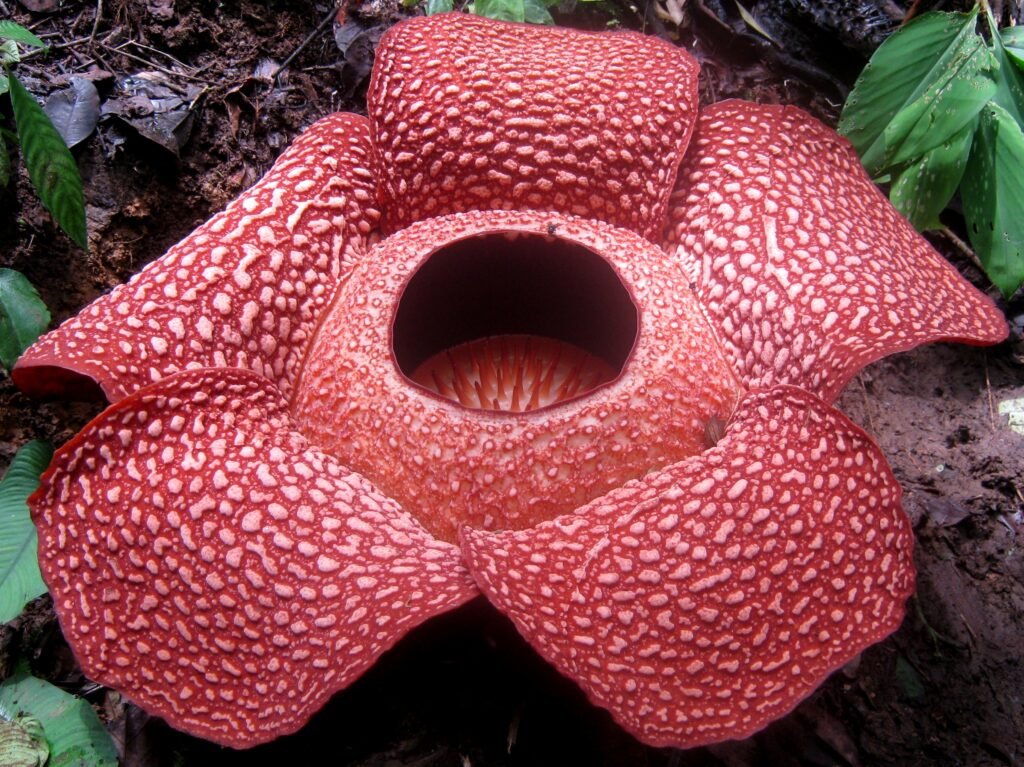
No discussion of carrion flowers would be complete without mentioning Rafflesia arnoldii, the world’s largest single flower. This bizarre plant is a true parasite, lacking leaves, stems, or roots of its own. It spends most of its life hidden inside a host vine, only emerging to bloom with a massive, reddish-orange flower that smells like putrefied meat. The sight—and smell—is so shocking that it has captured the imaginations of explorers and scientists for centuries.
Stapelia: The Starfish Flower with a Stench
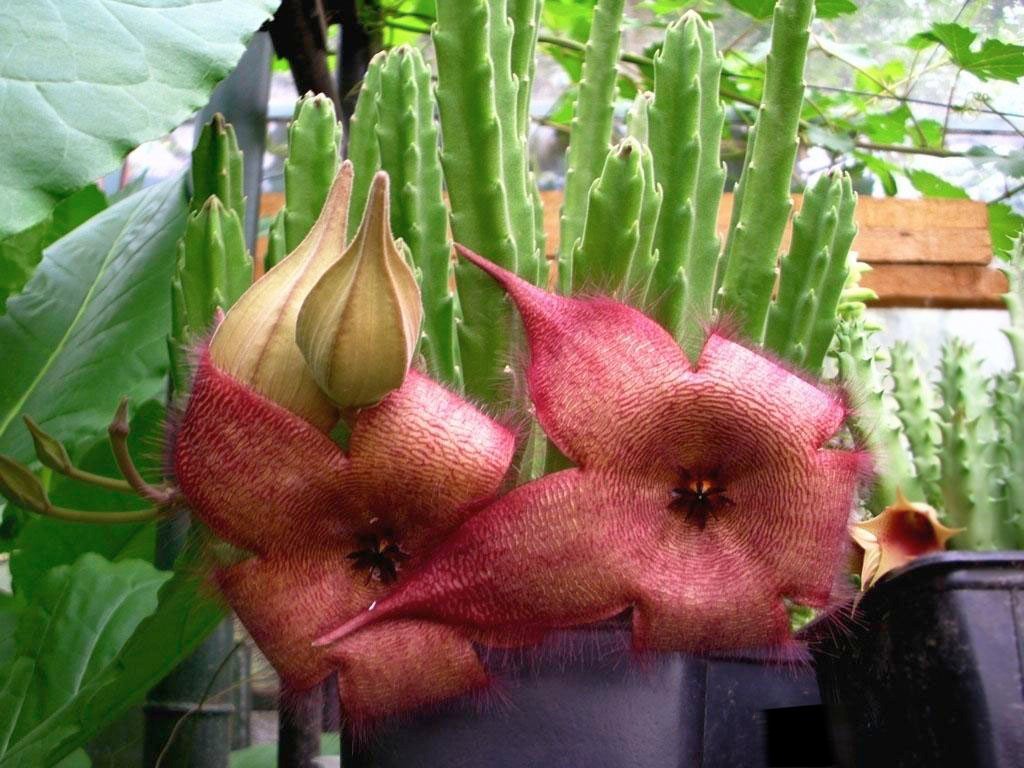
Stapelia, often called the “carrion flower” or “starfish flower,” is famous among succulent collectors for its hairy, star-shaped blooms and revolting smell. Native to southern Africa, stapelia produces flowers that look and smell convincingly like a hunk of rotting flesh. These plants are a favorite among gardeners who want something truly unusual, though their aroma can clear a room faster than any air freshener.
Voodoo Lily: The Drama Queen of Deathly Perfume
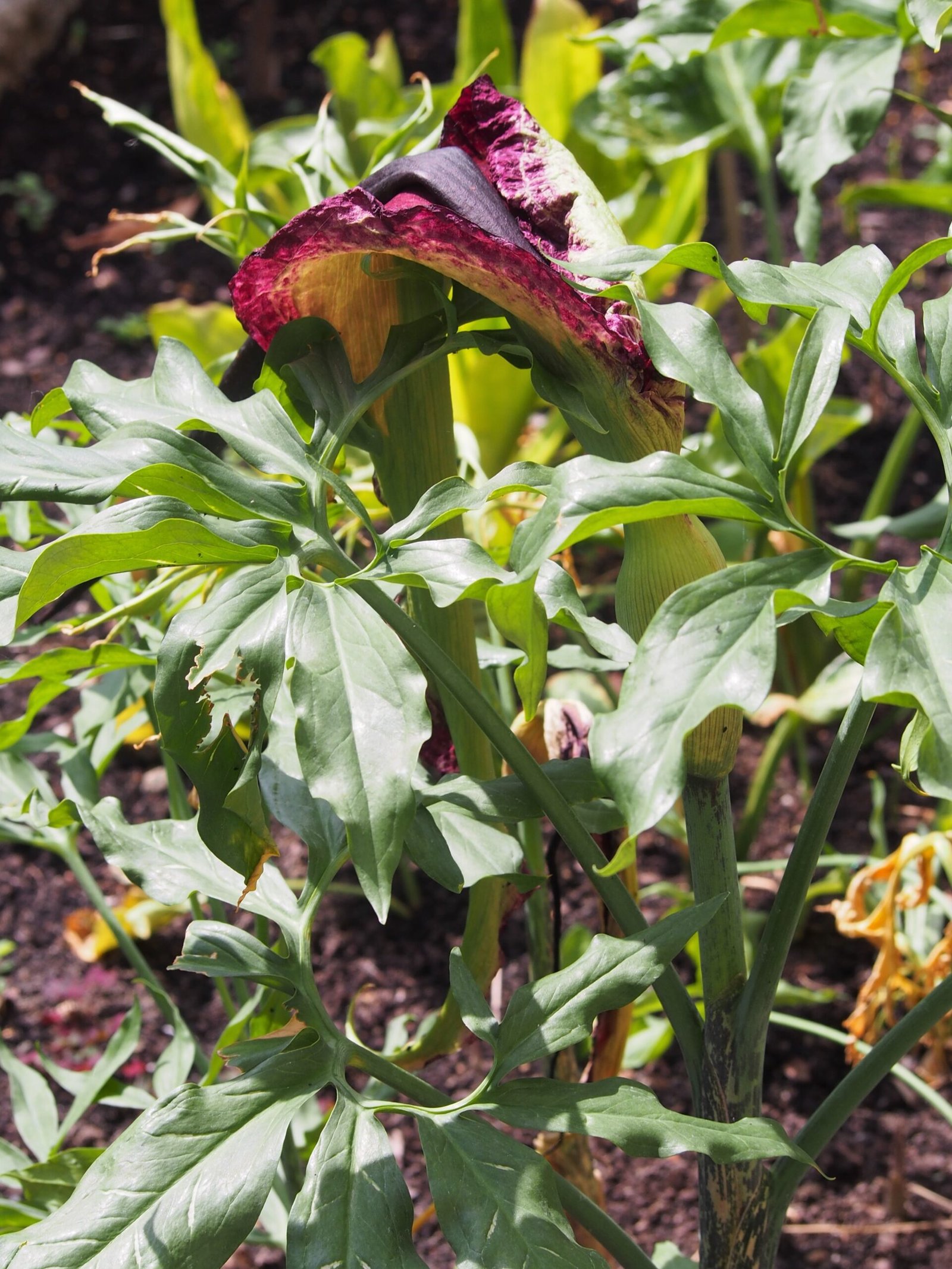
The voodoo lily, or Sauromatum venosum, is another notorious member of the foul-flower club. Its tall, speckled spathe and central spike can fill a room—or an entire garden—with the stink of decay. What sets the voodoo lily apart is its ability to bloom quickly, even indoors, making it a favorite among those who crave a dramatic, if somewhat stinky, botanical display. Its rapid growth and startling scent make it a living lesson in plant adaptation.
Stapelia and the Role of Mimicry in Nature
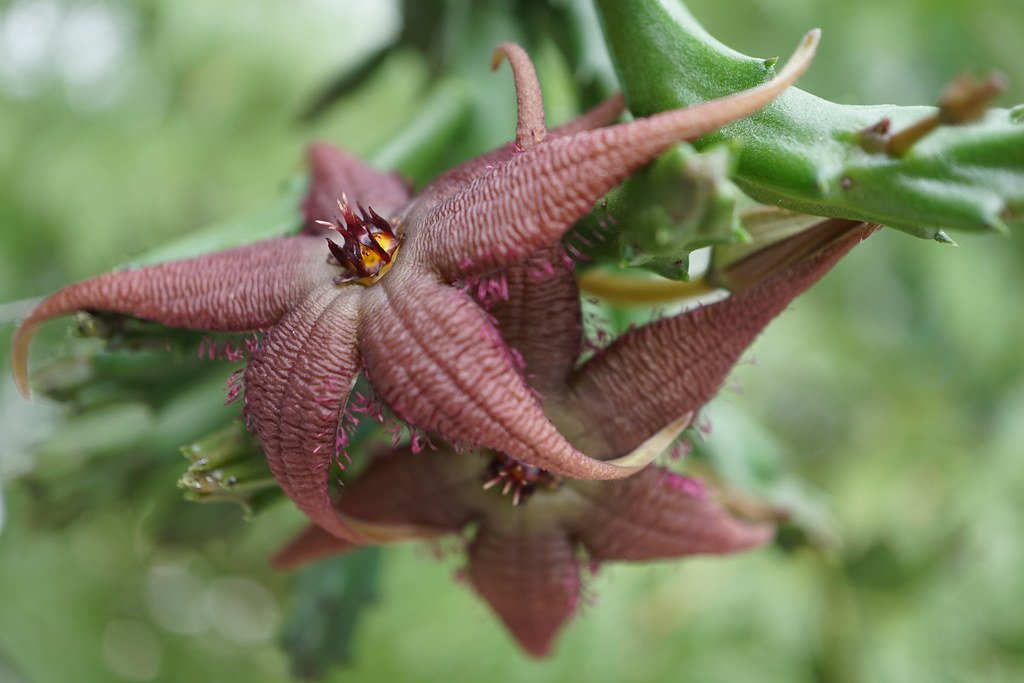
Stapelia’s mastery of mimicry speaks volumes about the power of deception in nature. By copying not just the smell but also the color and feel of rotting meat, the plant blurs the line between flora and fauna. This kind of mimicry is seen throughout the natural world, from butterflies that resemble leaves to snakes that imitate venomous cousins. In the case of stapelia, the prize is pollination, and the cost is a reputation for being the stinkiest show-off in the plant kingdom.
Human Reactions: Fascination and Revulsion
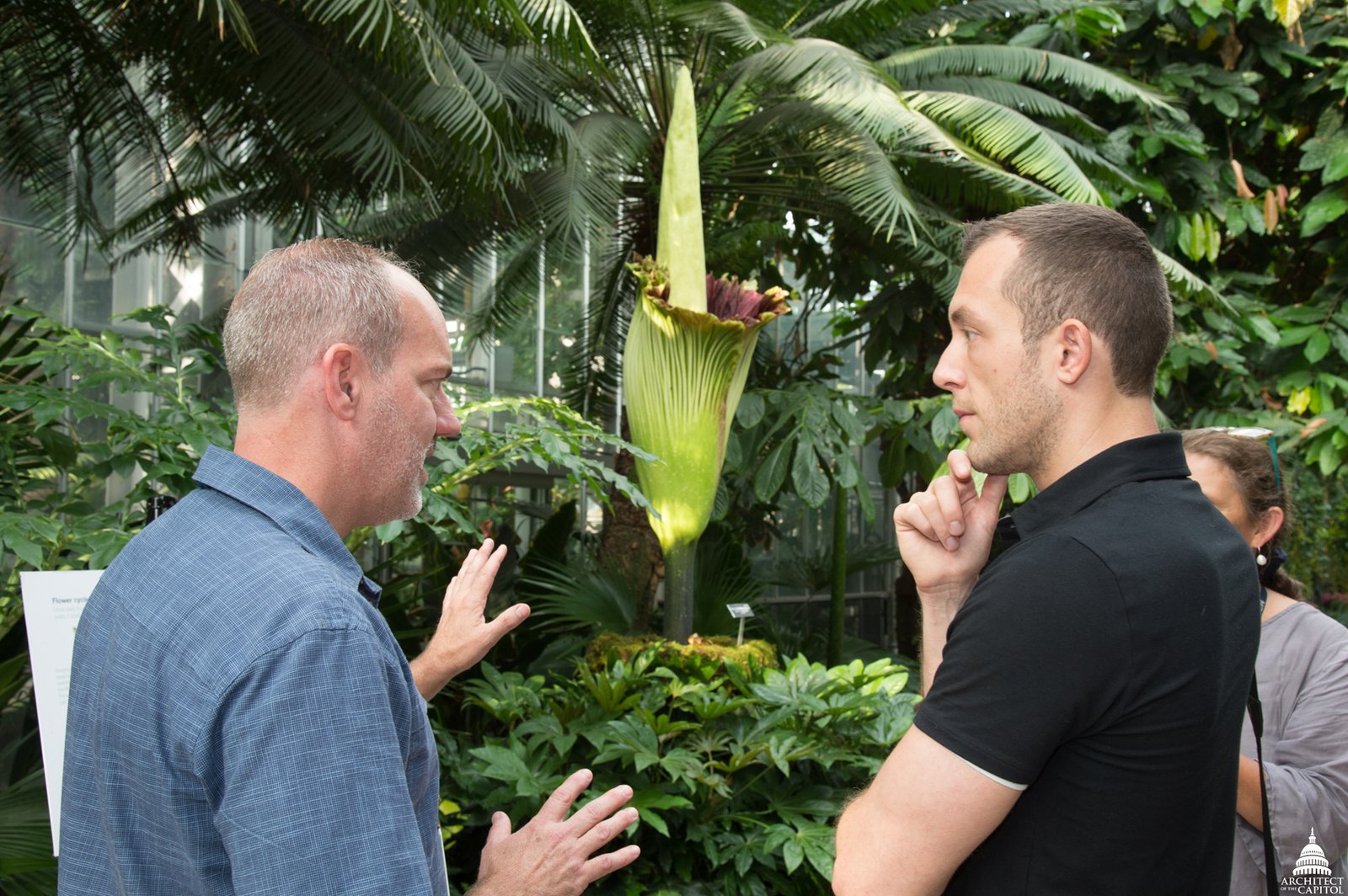
People’s responses to carrion flowers are as varied as the plants themselves. Some are drawn by a sense of curiosity or the thrill of experiencing something so rare and unusual. Others are repelled, unable to get past the gut-wrenching odor. For many, these flowers spark a sense of wonder at the extremes of evolution and the ingenuity of life. Botanical gardens often use the blooming of a corpse flower as a major event, drawing crowds eager to witness (and sniff) nature’s strangest spectacle.
Conservation Concerns for Carrion Flowers
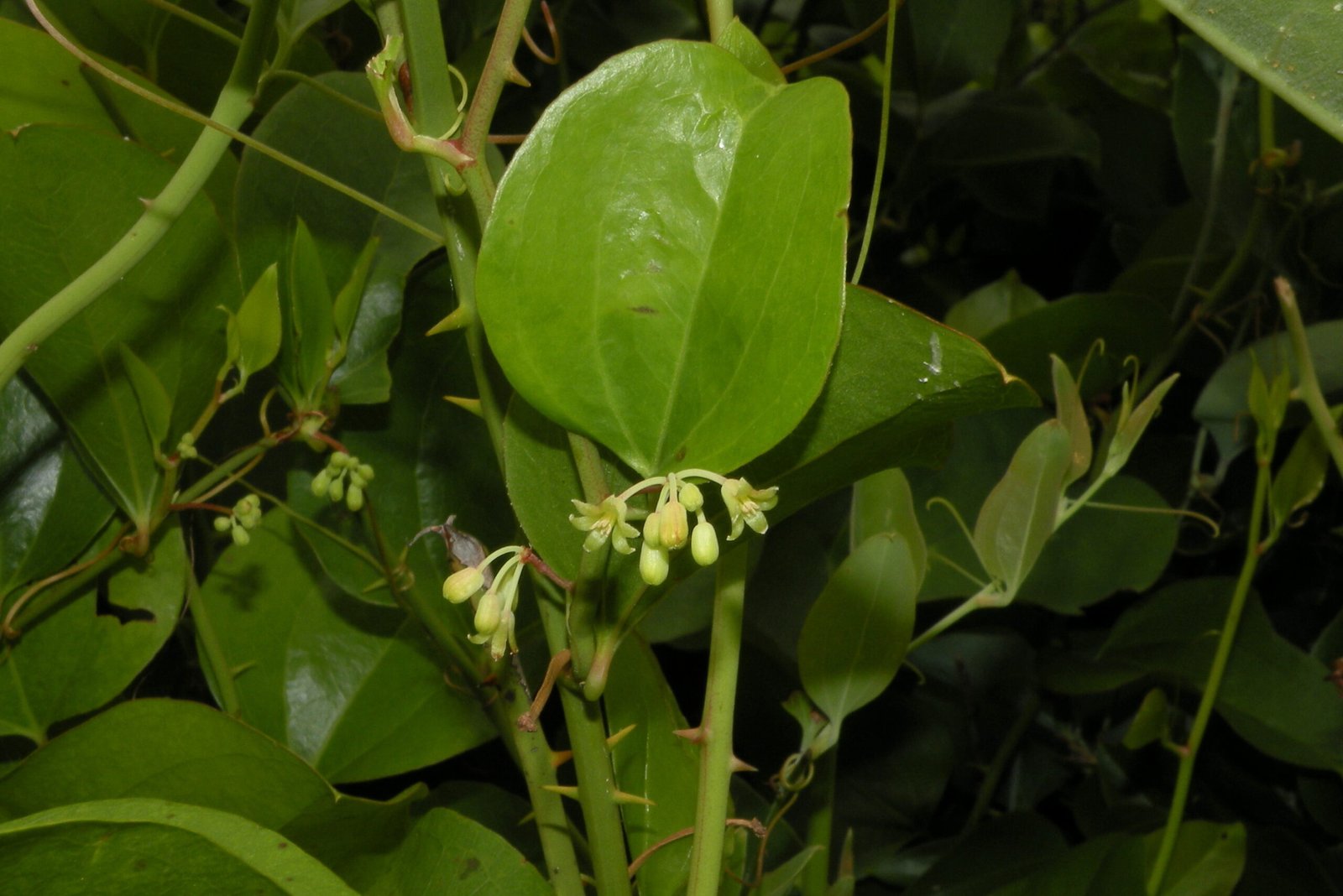
Many of the world’s most famous carrion flowers are threatened by habitat loss, deforestation, and climate change. Their specialized pollinators are also at risk, creating a precarious situation for these unique plants. Efforts to protect and propagate carrion flowers are underway in botanical gardens and conservation programs worldwide, but the challenge remains immense. Without intervention, these bizarre blooms could vanish, taking their strange stories with them.
The Future of Foul-Smelling Flora
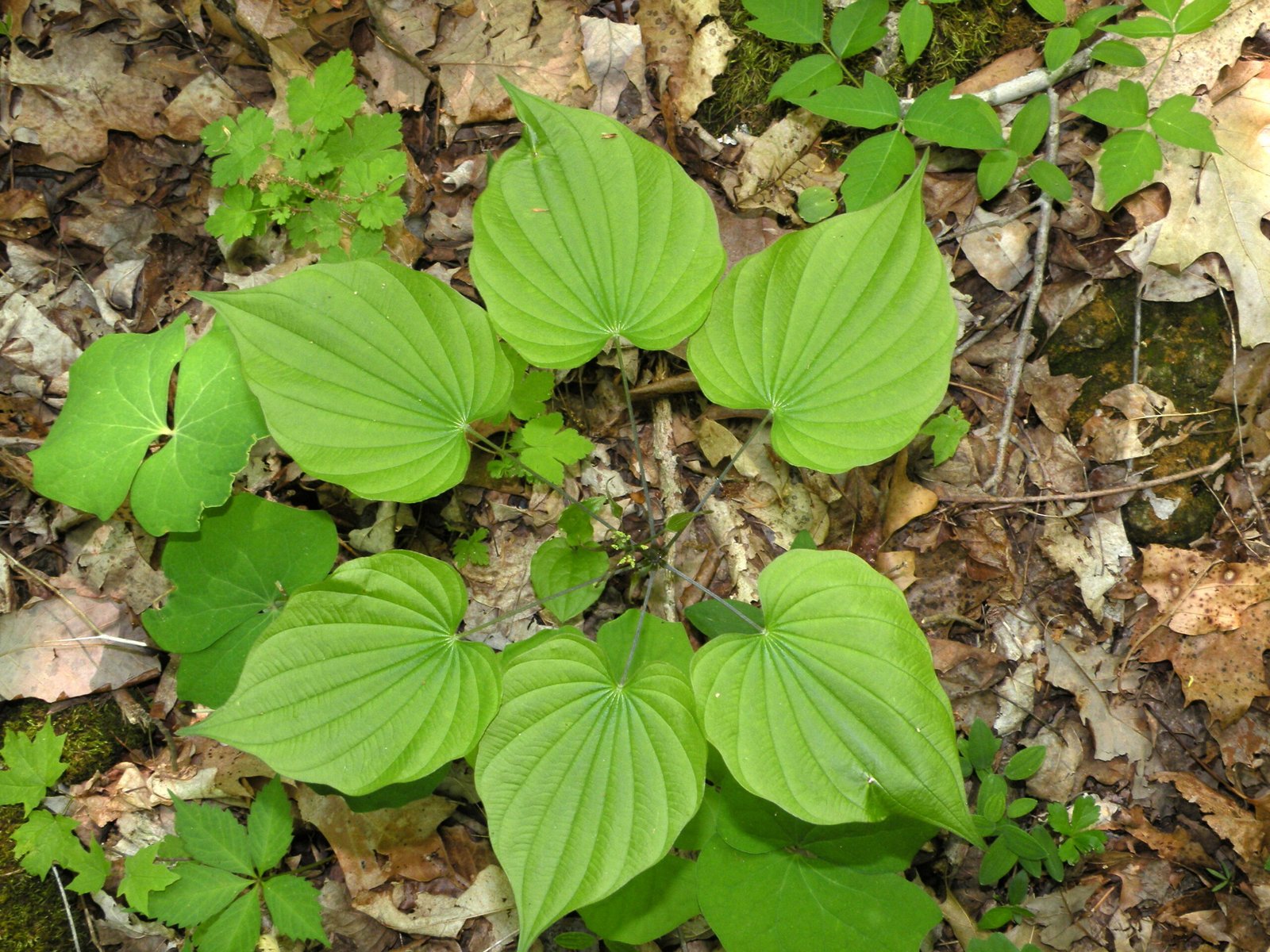
As our understanding of plant science grows, researchers are turning to carrion flowers for insights into pollination, scent chemistry, and even new ways to attract or repel insects. These plants, once dismissed as mere oddities, are now recognized as vital parts of their ecosystems and important subjects for scientific study. Their ability to thrive through deception and adaptation offers lessons not just for botanists, but for anyone fascinated by the endless creativity of life on Earth.
In a world where beauty and fragrance usually steal the show, Earth’s strangest flowers remind us that sometimes, survival depends on being bold, bizarre, and even a little bit disgusting.




